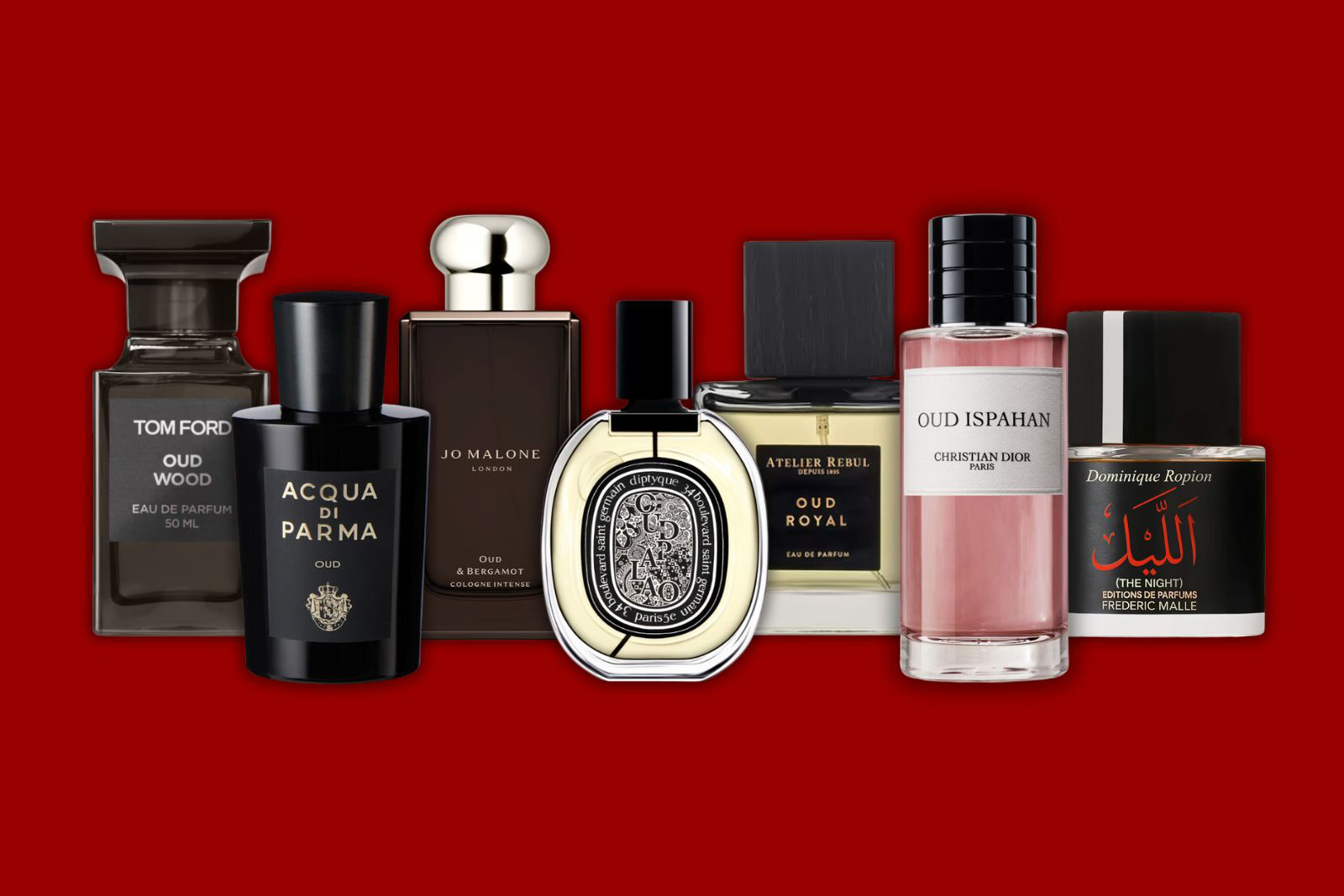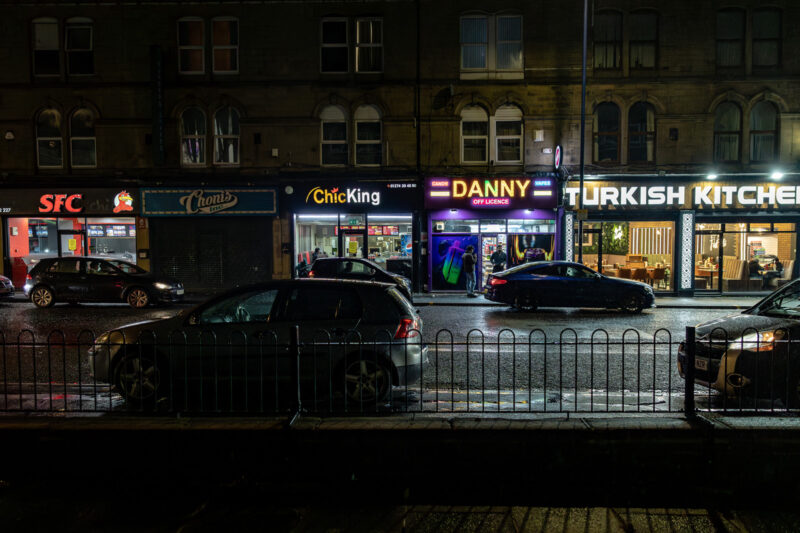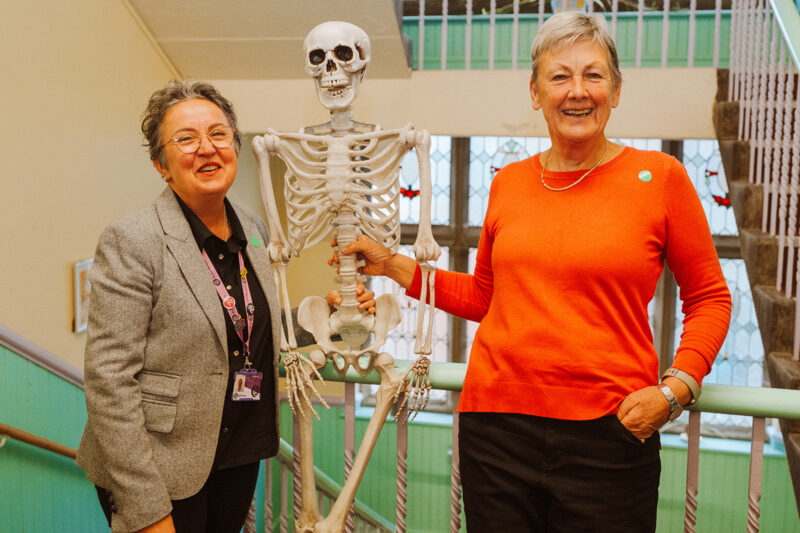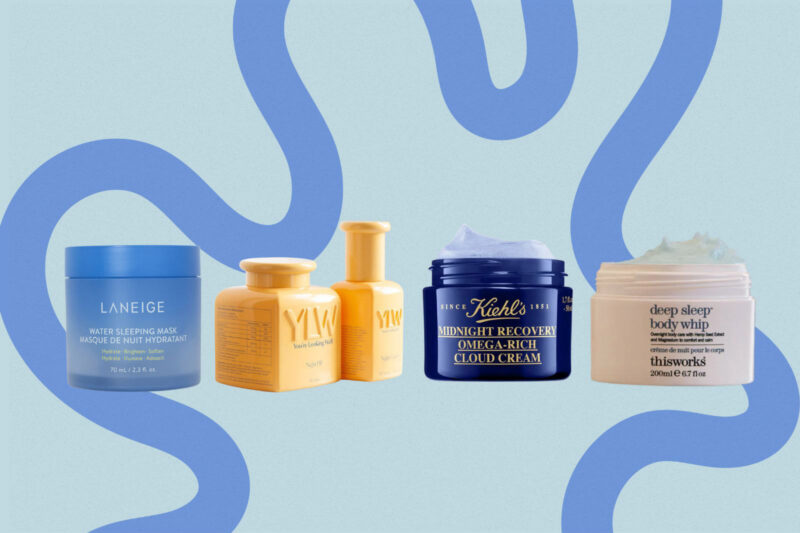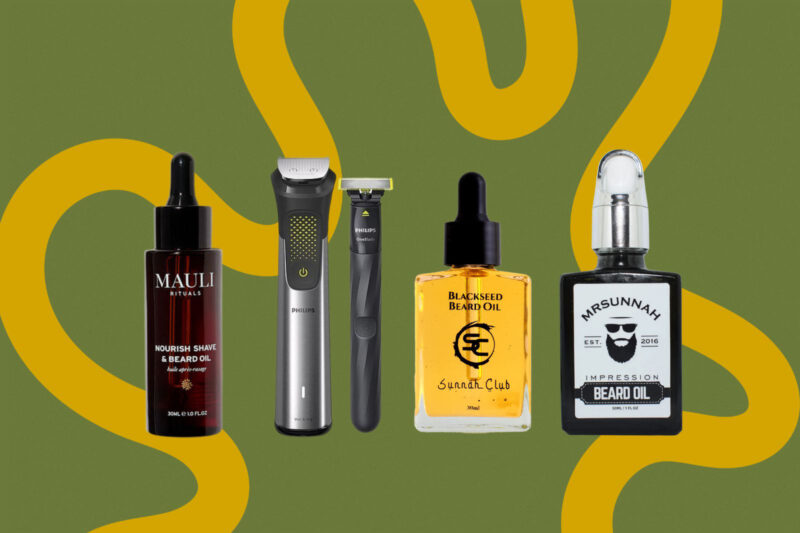Would you have salmon sperm injected in your face?

If the answer is yes, here’s everything you need to know before getting polynucleotide treatment on your skin
What are you willing to do in the pursuit of great skin? For me, the answer is just about anything. Having already dabbled in Botox, chemical peels and filler, earlier this year I committed to three rounds of CO₂ laser treatment on my face.
It’s an intense resurfacing treatment, particularly good for stubborn acne scars, that works by heating and vaporising the top layer of the skin. So far, I’ve had two sessions, each with a brutal recovery period that left my face red and swollen, then painfully tight, before my skin finally shed to reveal a fresh, renewed layer underneath. I’m now feeling more confident in my complexion than ever.
After that success, I’m now open to experimenting with even the most unconventional treatments. Enter polynucleotides — better known as the “salmon sperm facial”. If you’ve spent any time on BeautyTok in the last two years, you’re bound to have seen videos of people getting micro injections across their cheeks and under the eyes, which create small bumps that give the skin a temporary reptile-like texture.
The treatment has earned the seal of approval from celebrities including Kim Kardashian, Jennifer Aniston and Katie Piper, but it doesn’t come cheap. In my research of doctor-led clinics, I saw prices ranging anywhere from £300 to £1,000 per session. But what exactly is it, and what does it do?
Well for starters, the nickname salmon sperm facial isn’t entirely accurate, says Dr Zelu Sibanda from CULTSKIN, a clinic specialising in treating Black skin. “Polynucleotides are tiny DNA fragments that are extracted from the sperm of salmon or trout. Once injected into the skin, they stimulate your own body cells, fibroblasts, to produce more collagen and elastin,” she says.
For optimal results, most doctors recommend three sessions, spaced around two weeks apart. After four to eight weeks, the skin is said to look tighter, plumper and smoother, with fine lines appearing softer.
While it’s well known that many aesthetic procedures can carry extra risks for Asian and Black people, mostly because darker skin tones are so underrepresented in medical research, I wanted to find out how polynucleotides might work for someone with skin like mine — Fitzpatrick type 4 — and darker.
Sibanda advises that, first and foremost, you choose a doctor familiar with your skin tone. She notes that a common risk for people with darker skin is hyperpigmentation, which occurs as a result of inflammation. If you’re prone to dark marks after breakouts, it’s especially important to mention this during your consultation, she adds.
“In clients who have this history, before the procedure you’d want to talk about being on a tyrosinase inhibitor for a couple of weeks which reduces the pigment that’s produced when you have inflammation,” says Sibanda. “And because we are so sensitive to inflammation, it’s important to go to someone who is using a polynucleotide that is not going to cause a lot of it.”
Another helpful tip she offers is to take magnesium for about a week before and after the procedure, as doing so can reduce inflammation.
Dr Sibanda and others I spoke with recommended asking to see the packaging of the polynucleotide product before the treatment. Sibanda says to look out for how pure it is and advocates for doing a quick Google search when your practitioner shows you. That simple bit of due diligence is particularly important for patients with shellfish allergies.
“The majority of polynucleotides are produced in Italy and they are very pure and safe to use with or without an allergy,” says Sibanda. “But there is a type that is slightly less pure and you’re more likely to have inflammation if you are allergic to any kind of shellfish. Go for a product that is pure polynucleotides, like Plinest. Studies have shown it is biocompatible with our skin and less likely to cause a reaction.” Another brand recommended by doctors is Croma Polyphil.
Dr Mayoni Gooneratne of Skin & Sanctuary London favours salmon polynucleotides over trout. “Trout tends to be wild caught and not farmed, while salmon is farmed and grown from egg right through to the animal,” she says. “Therefore, you can guarantee its environment, which I think is really important as it means you’re not at the mercy of pollution and toxins that the trout may have been exposed to.”
Gooneratne also stressed that another risk factor for clients with Black skin is whether or not they are prone to keloid scarring, a type of thick, raised scar. “If you’ve had other areas on your body where you have had this type of scarring, polynucleotides are something to avoid,” she says. “They haven’t done enough studies, so I think it would be unwise to have multiple injections of polynucleotides in your face if you tend to keloid.”
With all that information taken on board and still keen to find out what polynucleotides could do for my skin, I recently visited Skin & Sanctuary for a consultation with Dr Jannany Nadarajah.
Nadarajah began by taking a thorough history of my skin, any treatments I had received in the past and the concerns I wanted to address. I told her that I was relatively happy with my skin, but would be interested to know if polynucleotides could deliver an extra boost. I told her that I had seen rave reviews on TikTik saying that the treatment had tightened and firmed the under-eye area of several recipients.
I was momentarily dismayed when Nadarajah told me I probably wouldn’t be a good candidate. “You’ve got good skin under your eye. You could have it done for collagen banking,” she said, referring to the idea of having treatments in the 20s and 30s to preserve collagen and retain firmer skin later in life. “But you don’t have thin skin, so you won’t see much change. People have it under their eyes because their skin is thin and crepey. You’ve got a very nice skin quality, so it would just maintain what you already have.”
We also look at my cheeks. Following the laser I had earlier this year, I’ve been diligent with my skincare routine. Nadarajah asked if my skin tended to get dry or dehydrated. I told her that it’s relatively normal, but can lean into being slightly oily. “If you feel good in your skin, there’s no dryness, no rosacea, it’s not something you necessarily need to have now.”
Nadarajah told me that people concerned with thin or crepey skin under the eyes are more likely to benefit from polynucleotide treatment. On the cheeks, it can be beneficial for people who are concerned about dehydrated skin, loss of elastin or fine lines.
Having had acne for most of my 20s and years of feeling self-conscious about my skin, it’s refreshing to be told I don’t need a treatment because my skin is too good. I leave the clinic feeling quietly smug and, on my way home, schedule an appointment for my third round of CO₂.
 Newsletter
Newsletter



